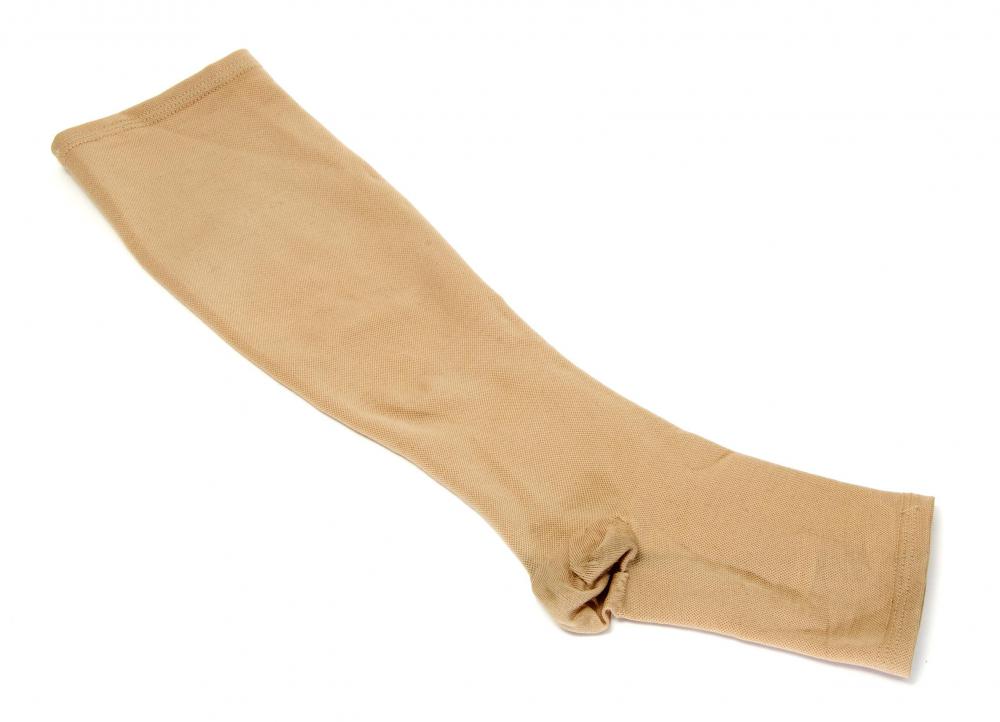At WiseGEEK, we're committed to delivering accurate, trustworthy information. Our expert-authored content is rigorously fact-checked and sourced from credible authorities. Discover how we uphold the highest standards in providing you with reliable knowledge.
What is Aesculus Hippocastanum?
Aesculus hippocastanum is the botanical name for the horse chestnut. This large flowering tree produces attractive white blooms each spring, followed by spiny green seedpods. It is believed that the tree got its name from the customary practice of feeding the nuts to horses, which was done in an effort to reduce the occurrence of gas. Previously crushed and leached chestnuts may also be boiled and fed to cattle and sheep.
In addition to this practice, Aesculus hippocastanum has a long history of medicinal use. Both the seeds and bark contain compounds that are said to help strengthen weak veins and reduce fluid buildup. Horse chestnut has been a common folk remedy for the treatment of hemorrhoids and varicose veins for centuries. The seeds have also been used to improve circulation. Additionally, the leaves from the tree have been made into a decoction for the treatment of coughs.

Remedies concocted from the horse chestnut were popular among the North American Indians. Some tribes prepared snuff from the tree, which was used to relieve cough and cold symptoms. Aesculus hippocastanum was also deemed useful for alleviating chest pains.
While it may seem questionable, it was believed by some that simply carrying horse chestnuts could ward off rheumatism. Whether this was true or not, there were some cultures that employed Aesculus hippocastanum seed extract for the purpose of relieving rheumatism symptoms. Salves containing horse chestnut extract were also thought to be an effective remedy for combating wrinkles.

Generally, the bark and seeds of Aesculus hippocastanum were collected during fall. The bark was stripped from the tree and allowed to dry, sometimes until spring, at which time a tea could be prepared. The seeds of horse chestnut were typically soaked in lime juice prior to being shelled, crushed, and then leached in water to obtain the seed oil. This practice was meant to ensure its toxicity levels were reduced. If not sufficiently treated, the seed's high tannin content can be toxic.

Severe gastrointestinal problems accompanied by nausea and vomiting may be experienced by those ingesting the whole Aesculus hippocastanum seeds, which is different than the seed extract. Ingesting the tea made from horse chestnut leaves is also discouraged, as this can be poisonous as well. Additional symptoms of poisoning may include salivation, headache, convulsions, circulatory or respiratory failure, and possibly death. People with nut allergies may develop itching, with or without a rash, as well as dizziness and breathing difficulty.
AS FEATURED ON:
AS FEATURED ON:


















Discuss this Article
Post your comments